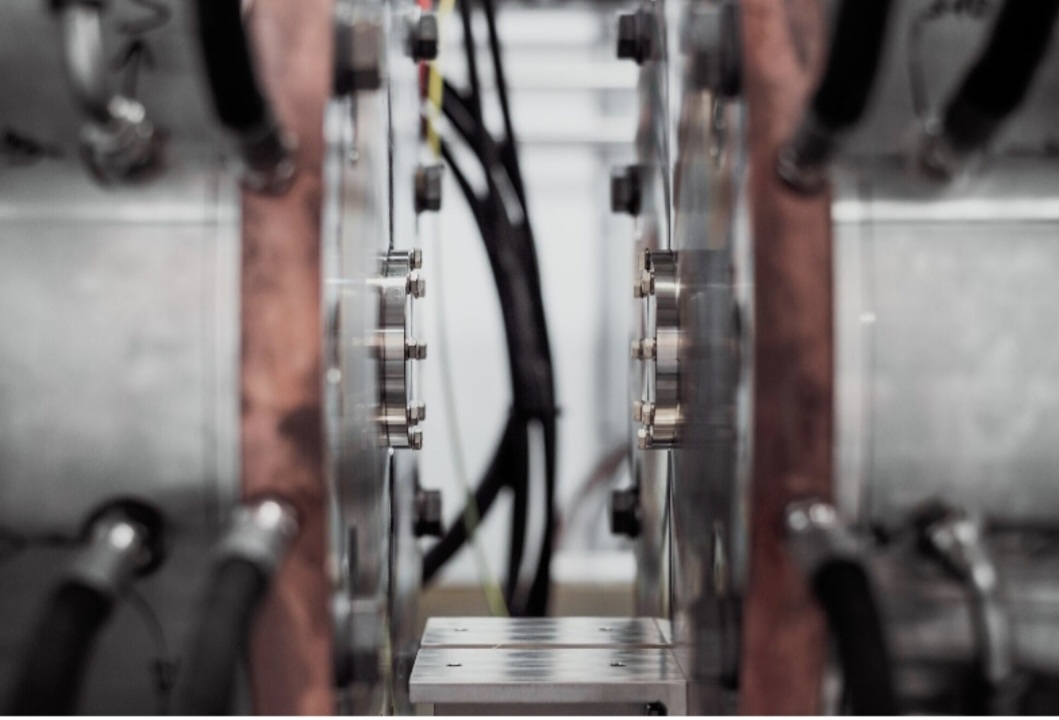An organizational structure is a guide outlining the roles that are expected to be played by the employees. These also dictate the work being channeled and, therefore, the goals. These are important to any business and makes the workflow much smoother. While most organizational structures involve some form of hierarchy, others are more easy-going. However, a little hierarchy can be seen as a necessity. It is used to differentiate between employees and their value to the company. For example, employees that have undergone facility management training have different goals than the senior executives.
There are around eight types of organisational structures, each with its benefits and flaws. A business can only be run by delegating duties among others. Having a clear cut idea about the decision making powers among employees can make this easier.
Types of Organisational
Organizational structures are broadly classified into centralized and decentralized. However, there are much finer aspects to such systems that make them much detailed than this. The earlier example of senior executives and employees with facility management training only captures a small part of such issues. This is why there are said to 8 types of structures. Within these, only three are considered to be decentralized. Here are some of the most commonly used structures for businesses.
Hierarchical – This is probably the organisational structure that comes to mind when one thinks of any company. It is also known as a line organisation and follows a chain of command. The board of directors are at the top of this hierarchy, with the power coming down to the CEO and the rest of the staff. This involves employing staff directors to report to the CEO regarding each department. This structure has clearly defined rules on authority and duties. This helps individual employees focus on their work better and improves productivity. The bureaucracy and departmental orientation are some cons of using this method.
Functional – This is very similar to the hierarchical structure. The only difference is that the department heads report directly to the CEO. Thus there are no staff directors, and employees have more freedom to be innovative by taking up more specialised roles. This structure also works very well with companies of all sizes. The tight interdepartmental segregation is the only downside to this method.
Divisional – These structures are more common among huge businesses with various departments. These include large MNCs and conglomerates. In such cases, each product or department has its CEO. They also have complete autonomous authority. This ensures that there is flexibility among each department of the company. This allows each department to adapt to customer requirements quickly. The downside of this structure is that it has excellent segregation among departments. This creates a risk of competition among departments. Such competitions can often rule out outside competitors and benefit rivals. It might also lead to unintentional duplication of resources.
Flat – Small businesses more commonly use this structure. This is hard to apply to large organizations with multiple departments. This structure is decentralized and provides power to the employees. Almost all employees have the same amount of energy. Executives might be the exception, having slightly more authority than employees. This method allows employees to be more independent, improving innovation. It also implements new ideas much more accessible. However, the lack of supervision among employees can create a lot of confusion and reduce accountability.















